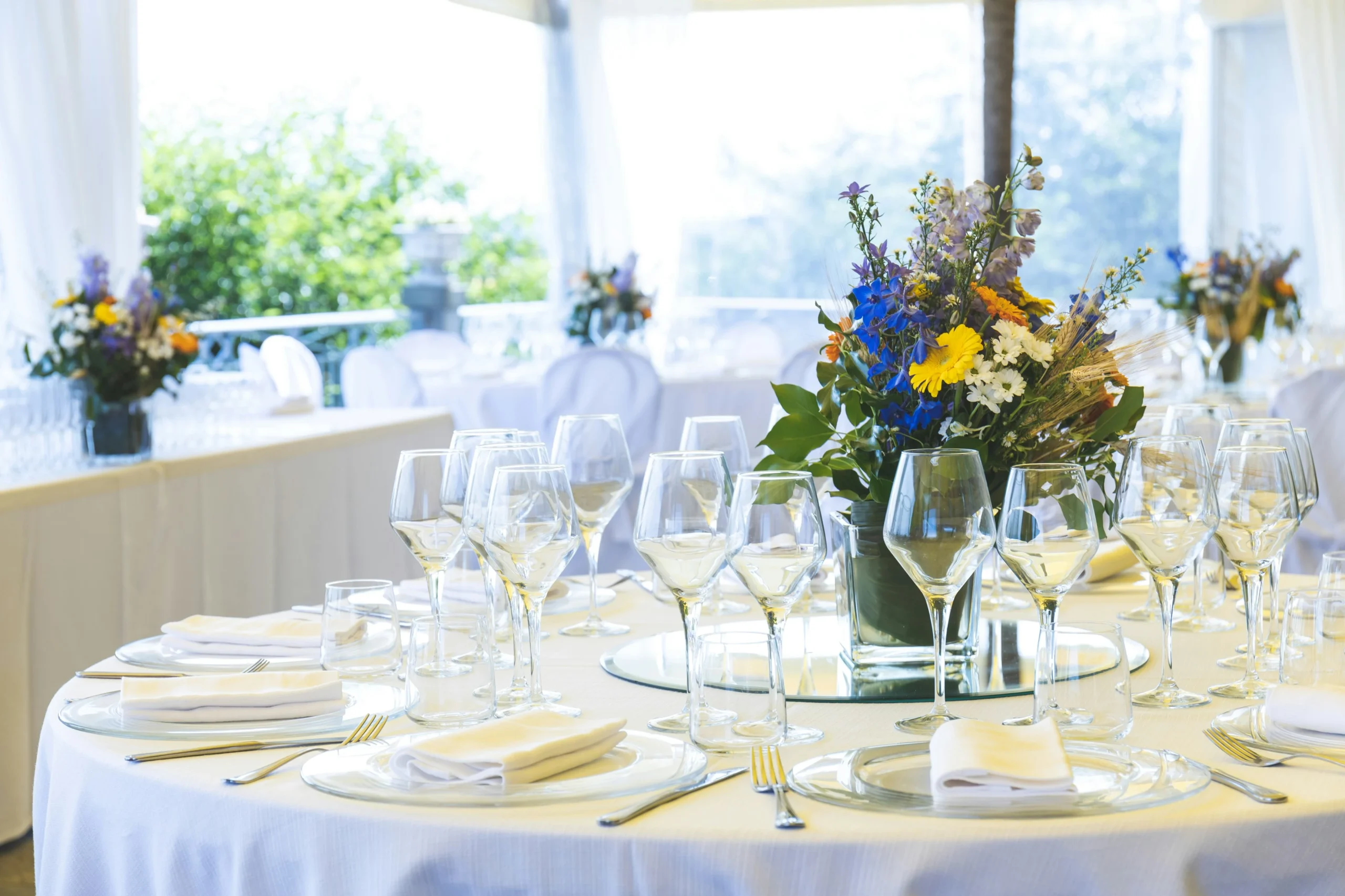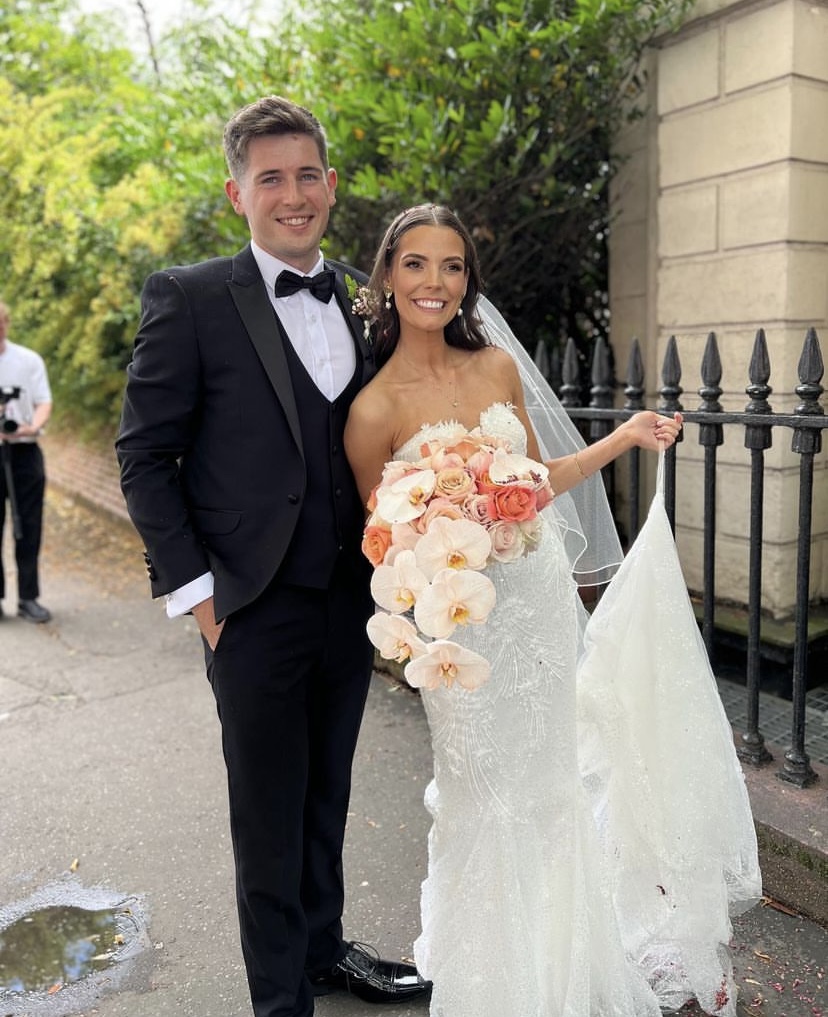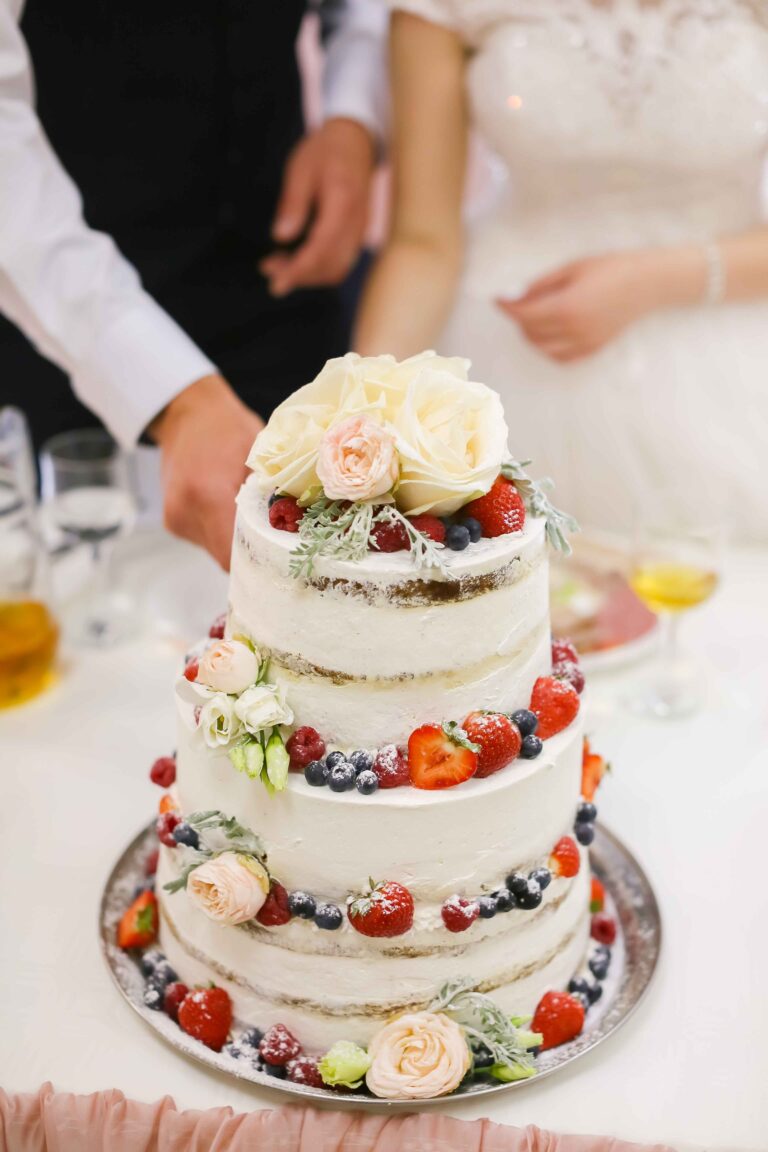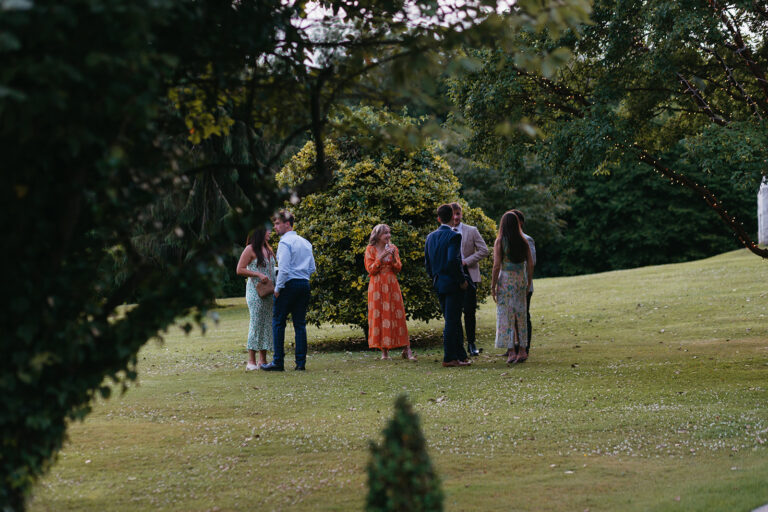Complete Guide To Wedding Table Plans
Hey there, lovebirds! 💕 Are you ready to dive into the exciting world of wedding planning? Well, buckle up because today, we are here to spill all the tea on one of the most crucial aspects of your big day: wedding table plans!
Picture this: it’s nine months ago, and we’re knee-deep in planning our dream wedding. Amongst all the excitement and chaos, one thing became abundantly clear – the importance of a killer seating arrangement! From Aunt Susan’s notorious beef allergy to Uncle Bob’s preference for being as far away from the DJ booth as possible, crafting the perfect seating plan was no small feat.
But fear not, fellow soon-to-be-weds! Whether you’re dreaming of a rustic barn affair or a glitzy ballroom bash, we’ve got you covered. In this comprehensive guide, we’ll walk you through everything you need to know to ensure your guests are seated in style and comfort.
So grab a cuppa (or a glass of bubbly – we won’t judge!), and let’s dive into the wonderful world of wedding table plans. Trust us, by the end of this journey, you’ll be a seating plan pro, ready to tackle any seating conundrum that comes your way.
Why is a wedding table plan important?
To be honest the table plan was one of the last thing on our minds when planning our wedding. Budget came first. Ceremony came second. The table plan was maybe 27th on the list…
But when we came round to it, we soon realized the importance of seating our guests correctly for the following reasons:
- Comfort is Key: Picture this – your guests walk into the reception, and instead of feeling welcomed and relaxed, they’re left awkwardly wandering around, unsure where to sit. Yikes! A well-thought-out seating plan ensures that everyone has a designated spot where they feel comfortable and included.
- Foster Connections: Your wedding day is all about celebrating love and bringing people together, right? A strategic seating plan can help foster connections between guests, whether it’s reuniting old friends or sparking new conversations between family members who’ve never met.
- Smooth Flow of Events: Ever been to a wedding where it feels like everyone’s constantly shuffling around, trying to find their seats? Not exactly the vibe you want for your special day! A well-executed seating plan ensures that everything runs smoothly, from the entrance of the bridal party to the toasts and speeches.
- Avoid Awkward Encounters: Let’s face it – not everyone gets along swimmingly. By strategically seating guests who might not see eye-to-eye at opposite ends of the room (we’re looking at you, feuding relatives!), you can avoid any potential drama and keep the focus where it belongs – on you and your partner!
- Enhance the Atmosphere: Your seating plan sets the tone for the entire reception. Whether you’re going for an intimate, family-style affair or a lively party vibe, your seating arrangement plays a significant role in creating the atmosphere you desire.
Key considerations for your seating layout
There are many factors that come into play when organising the layout of your wedding tables and seating plan. By following the rules below, you won’t go far wrong…
Size of the room
The size of the venue is a key consideration when deciding on your wedding table plan layout. Most venue managers will be able to give you the exact measurements and dimensions of the room so you know what space you have to play with.
Narrow rooms are more suits to a ‘theatre’ or ‘long table’ layout. While larger spaces are more easily filled with a ‘banquet’ style layout. More info on that below…
What is the traditional top table layout?
A traditional top table seating plan (left to right) includes the bride’s father, mother of the bride, maid of honour, bride, groom, best man, groom’s mother, groom’s father. The “top table” usually sits of the head of the room in view of all of the guests.

What type of tables are best for a wedding table plan?
Round tables or rectangular tables? There is “right” or “wrong” answer here, but wedding tables are typically round or circular.
The benefits of round tables:
- Allow a social view of each guest at the table
- Allow for greater number of tables
- Clear exit and entry points for guests from the table
- Less view obstruction to top table
The disadvantages of round tables:
- Guests cannot talk directly to those opposite them
- In a small venue, it is harder to fit more round tables in
The benefits of rectangular tables:
- Arguably more sociable as it allows guests to talk to other opposite and beside them
- Reduces “cliques” with sets of friends and family sitting directly beside each other
The disadvantages of rectangular tables:
- More awkward exit and entry points to table. This could be an issue if you have disabled or elderly guests
- Difficult for all guests to see top table past those in front and beside them
Wedding venue table layout options
The ‘Banquet’ Layout
The banquet layout is a common table style for wedding receptions, it consists of round, circular tables with 8 to 10 guests sitting at each table. The tables are laid out in front of the top table as the focal-point.
This layout is our preferred option and what we had at out wedding venue. It allowed us the best use of our venue space and created a really nice, inclusive atmosphere during our wedding reception. We also had some last minute drop-outs, this layout was really easy to make last minute swaps and changes to!

The Pros…
- Allows the best use of space in most venues and provides great use of space flexibility
- Easy to divide categories of guests into tables
- Works with odd numbers as you can simply add or take away seats from table
- Provides the best view of the top table to all guests
The Cons…
- Does not work well in “narrow” wedding reception venues
- Guests have to stand up and go to other tables to mix with other guest ‘categories’
The ‘Long Table’ Layout
This style is becoming increasingly popular in modern weddings. The long table wedding table layout consists of rows of long rectangular tables centered on the top table as the head. Tables can consists of 10-30 guests depending on table length available.

The Pros…
- Most effective use of space for narrow venues
- Encourages mixing of guests with differing “guest categories” sitting side by side
- Guests can easily talk to other beside and opposite them
The Cons…
- Can be difficult for guests that are hard of hearing with noise created
- Less accessible for elderly/disabled guests to sit
- Guests cannot look directly at top table
Create your own wedding table plan
Our wedding table planner spreadsheet is linked in our All-In-One Wedding Planner Spreadsheet available below. You can steal our wedding table planner spreadsheet to save you some time!
If you already have your own, the below points will help you create your own wedding table plan:
- Start with the Basics: First things first, grab a pen and paper (or fire up your favorite wedding planning app) and make a list of all your guests. Include their names, plus-one information, and any special considerations (like dietary restrictions or mobility issues).
- Know Your Venue: Before you dive headfirst into seating arrangements, take a moment to familiarize yourself with your wedding venue. Consider factors like the layout of the space, the number of tables available, and any logistical constraints you need to keep in mind.
- Group Guests Strategically: Divide your guest list into logical groups, such as family, friends, and coworkers. This will make it easier to decide who should sit where and ensure that everyone feels comfortable and included.
- Consider Relationships and Dynamics: Take a closer look at your guest list and consider the relationships and dynamics between your guests. Are there any groups that should be seated together? Any guests who might not get along? Keeping these factors in mind will help you avoid any awkward encounters on the big day.
- Create a Seating Chart: Once you have a clear idea of who should sit where, it’s time to create your seating chart. You can do this digitally using a wedding planning tool or go old school with a poster board and sticky notes – whatever works best for you!
- Get Feedback: Don’t be afraid to reach out to your VIP guests (like parents or bridal party members) for their input on the seating plan. They may have valuable insights or preferences that you hadn’t considered.
Remember, creating a personalized seating plan that suits your venue and guest list takes time and careful consideration. But trust us, the effort will be well worth it when you see your loved ones enjoying themselves and making memories that will last a lifetime.








